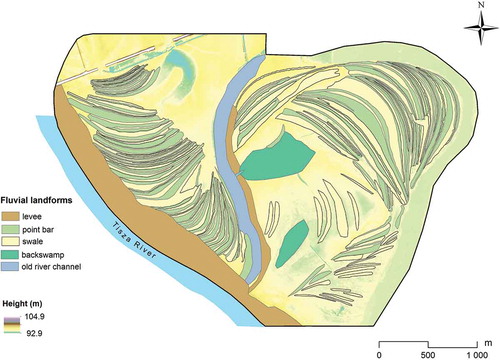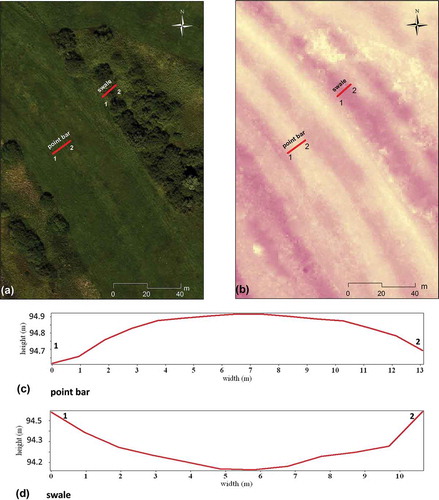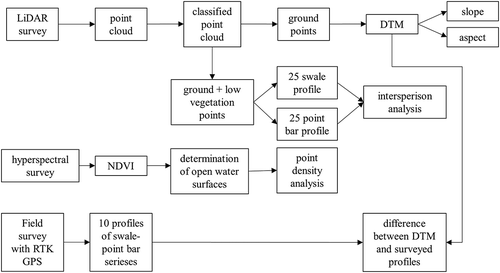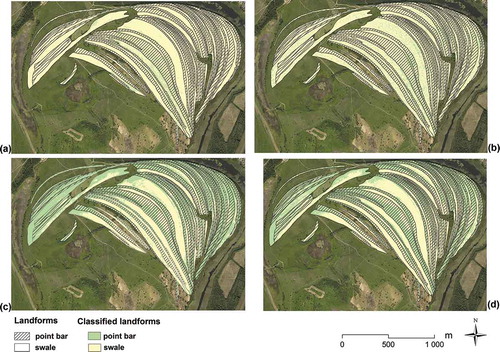Figures & data
Figure 1. Location of the study area. For full colour versions of the figures in this paper, please see the online version.
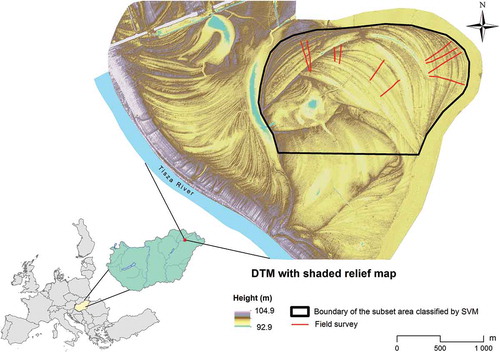
Table 1. The average number of points in the cross-section cuboids by floodplain forms (mean ± standard deviation; n: varying width to ensure 30 points/n point density).
Table 2. Characteristics of the point cloud in the study area and by landforms.
Figure 5. The shape of a characteristic point bar and swale [(a) orthophoto, (b) DTM, (c) profile of the point bar, and (d) profile of the swale).
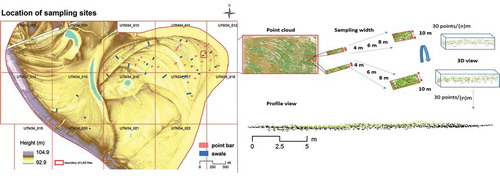
Table 3. Comparison of swales and point bars by the applied landscape variables (mean ± standard deviation).
Figure 6. Height differences between the DTM and field survey by floodplain forms and vegetation types (a), and their interaction plot by floodplain forms (b), and by vegetation types (c) (legend: P: point bar; S: swale; CL: clear areas with short grass, R: reed and sedge, DR: dense reed and sedge; W: woods, HS: short (mowed) grass with haystocks).

Figure 7. Interspersion of ground and vegetation points according to AI (a) and CONTAG (b) indices and the mixture of the classified point clouds of swales and point bars (c).
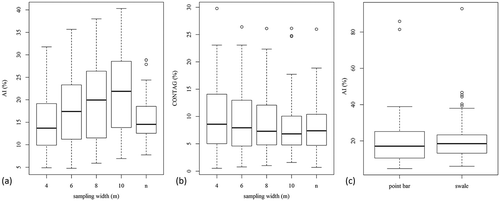
Table 4. Error matrix of the landscape variables.

